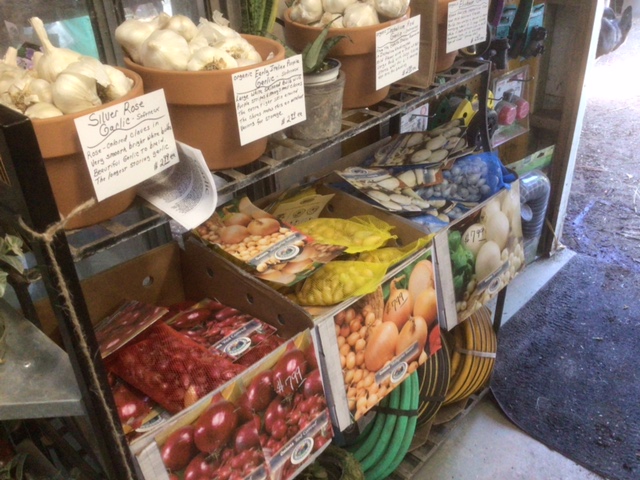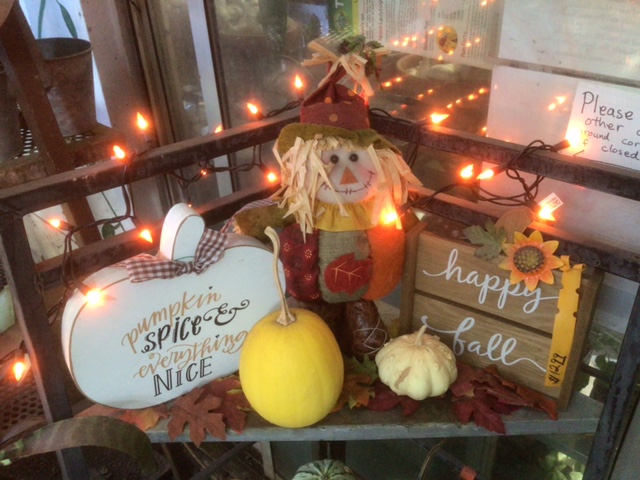
Every year at this time, I say we should be busier now than in spring. Why, you ask? It is because fall is the best time to plant trees, shrubs, hardy perennials, and, most of all, native plants. A native plant is a member of a balanced ecosystem that has developed over time in a particular region. Planting natives is an important key to protecting biodiversity. Our native birds, pollinators, and small mammals depend on them to thrive. Their relationship to our surroundings is crucial, probably more than we will understand. Man thinks he can do better than nature, but that will be our arrogant downfall eventually. A big bonus to natives is that they do not require a lot of water and are low maintenance.
Here at Star Gardens, we try to stock readily available local natives. Manzanita is one, and a lot of you think, why bother? It’s everywhere. There are some nice ground-covering varieties, and they provide food for bees, along with some very ornamental hybrid shrubs. Ceanothus, aka Wild Lilac or CA. Lilac is another. There are low-growing ground covers of this, along with shrub types. Around here, they bloom white or light blue, but we have varieties with dark blue flowers. Heteromeles, aka Toyon, blooms white in the spring and has red berries in the winter, a food source for our feathered friends. They can get big and are also evergreen and add a lot of winter interest to a yard. Coffeeberry is another handsome evergreen shrub. They grow up on Cobb Mountain and will grow in the valley as well. We try to keep these in stock year-round. Mahonia, or Oregon Grape, can usually be found here, but not always the taller variety, M. aquifolim, that grows to 5 ft in sun or shade. The Mahonia repens can make a nice ground cover. Did you know we have a native Mock Orange? Beautiful white flowers in spring on this deciduous shrub, and we usually have it in stock. Western Redbud is another great choice, and if you drive our highways in the spring, then you know it grows here; alas, this is one that we have difficulty finding year-round. Bare root time might be your best bet for getting your hands on one of these.
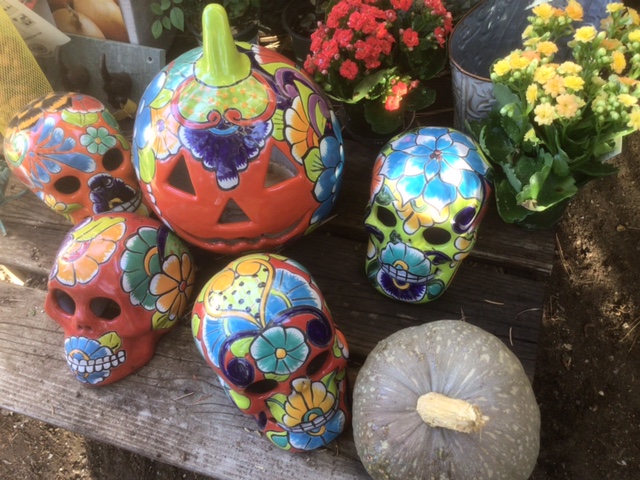
Native grasses are always a winner in my book. That is Deer Grass planted at the entrance to our local library. We often have Purple Needle Grass and Fescue idahoensis in stock, along with Blue Oat Grass. One of my favorite perennials is commonly called CA. Fuchsia. Varieties range from 8 inches tall to 2 feet. These spread and go dormant in winter, but not before putting on a hummingbird-attracting show in fall with tubular orange flowers. How about those lovely Pacific Coast Iris, native Columbine, or the flowering Blue-eyed grass for some spring color? Summer color includes Salvia clevelandii, Sticky Monkey Flower, and Monardella.
Did you know the Piggy Back plant was a native for shade? Other shadier side perennials include ferns like Western Sword and Giant Chain. Some Coral Bells are also native, like Heuchera Purple Palace. You can plant the Oregon Grape in shade or sun. Ground covering Gautheria and Asarum, wild ginger, are shade loving too.
I think we are going to have another wet winter as the weather pattern usually lasts more than one year. One of the more eco-friendly developments has been bio-fungicides. The most recent for us is Bacillus amyloliquefaciens strain D747. Bonide makes it as Revitalize, and the company we are switching to, Ferti-Lome, calls it Fungicide 5. The way it works is by colonizing the plant to make it naturally more disease-resistant. We have been using it here at the nursery, and I used it to stop the spread of crown rot at the park, which killed off a number of plants. You can use it as a preventative, too. The Feri-Lome rep suggests alternating with copper in times of high disease pressure.
The nights are cooling off, and you might want to consider bringing your houseplants you had outside for the summer this month. Do not forget to fully inspect them for bugs, and treat is necessary before you bring them in. The cool nights and warm days of October make this prime time to start a lawn from seed or over-seed your established lawn. Overseeding helps keep your lawn looking good by adding new plants into the mix. October is also the month to put 0-10-10, aka Bloom food, on your fruit trees and other spring-blooming shrubs like Lilacs and Quince.
We have a full table of all sorts of cool-season vegetables that will perform better in the dead of winter if you plant them now. Any later, and harvest does not happen til spring. Onion sets and garlic for planting are here along with spring flowering bulbs for planting now. Yes, it is a fact. If you want Daffodils and Tulips in the spring, you buy them now and plant them in the fall.
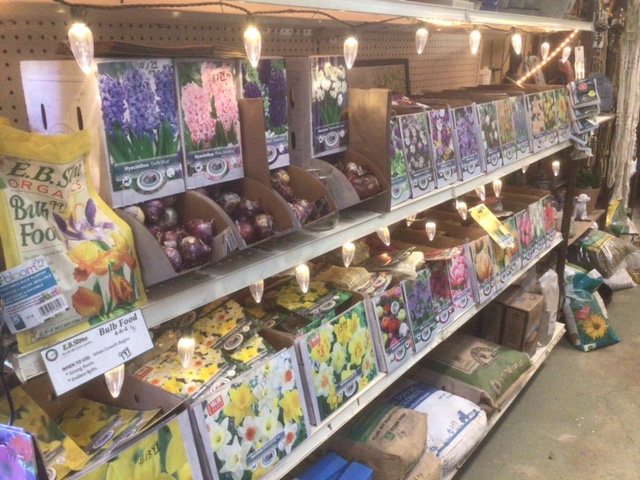
Speaking of Fall, we are starting to see the beginnings of color showing up in some of the foliage. For a good fall color show, we are going to need the night temps to drop more before we actually get hit with a freeze. I hate the years that it freezes the leaves on the trees before they get a chance to change, but that does happen. It is not just trees like Pistache, Maples, Pears, and Ash that change, but many shrubs give you great autumn shows, too. Shrub Crepe Myrtles, Hydrangeas, Spireas, Barberries, Burning Bush, and Lilacs are a few that come to mind. If you forgot to plan your yard for a fall show then you are missing out.
I know you are probably sick of seeing the berries and roses reduced, but we really are overstocked. Any chance you can help us out? Make us an offer we can’t refuse.
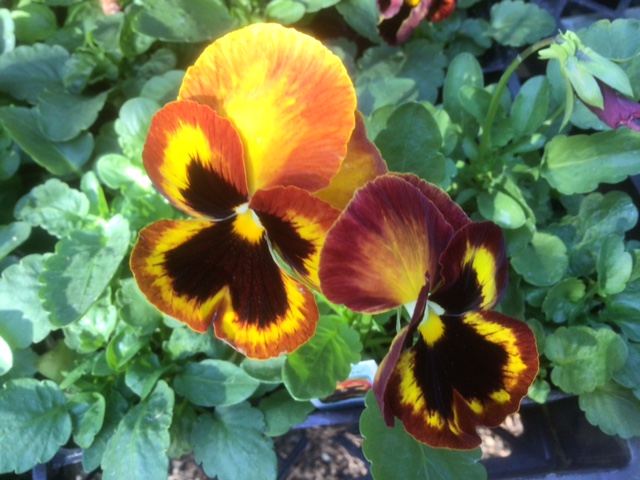
October Specials
30% OFF
- All plants in liner pots (this includes berries, grapes, olives, hops, and more)
- Roses and Hibiscus
- Pluots, Figs, and Prunes (limited to stock on hand)
- Fruitless Mulberries (limited to stock on hand)
